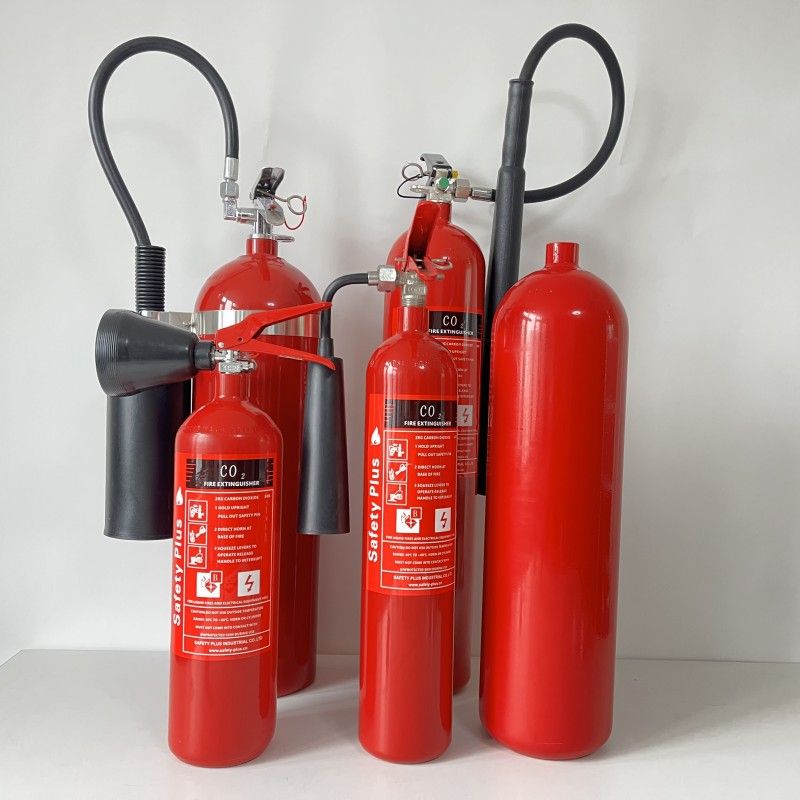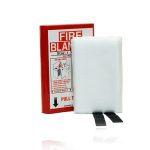Introduction to Carbon Dioxide Fire Extinguishers
Carbon dioxide fire extinguisher, or CO2 extinguisher, are a key tool in fire safety. They emit a cloud of CO2 gas. This gas works to smother the fire by displacing oxygen. It prevents the chemical reaction that sustains a fire from continuing. These extinguishers are ideal for certain types of fires. Specifically, they are designed for class B and C fires. Class B fires involve flammable liquids like gasoline or oil. Class C fires are electrical fires. Carbon Dioxide fire extinguisher used for are not water-based. This makes them safe to use on electrical equipment. They leave no residue behind. This is a benefit when protecting sensitive devices like computers or machinery.
CO2 extinguishers come in various sizes. Some are small, easy to handle and suited for quick response. Larger models provide more extinguishing agent. This is for more intense fires or industrial settings. They have a distinctive horn-shaped nozzle. This is to direct the CO2 stream accurately at the base of the fire. The user should hold the extinguisher by its handle. This is to avoid frostbite from the cold discharge.
Understanding how carbon dioxide fire extinguishers are used is essential. It allows users to respond quickly and effectively in case of a fire. Knowing how to properly deploy these extinguishers can prevent property damage. It can also save lives. In the following sections, we will delve deeper. We’ll explore the types of fires they are designed to combat. We will also discuss their unique benefits, safety considerations, and maintenance requirements.
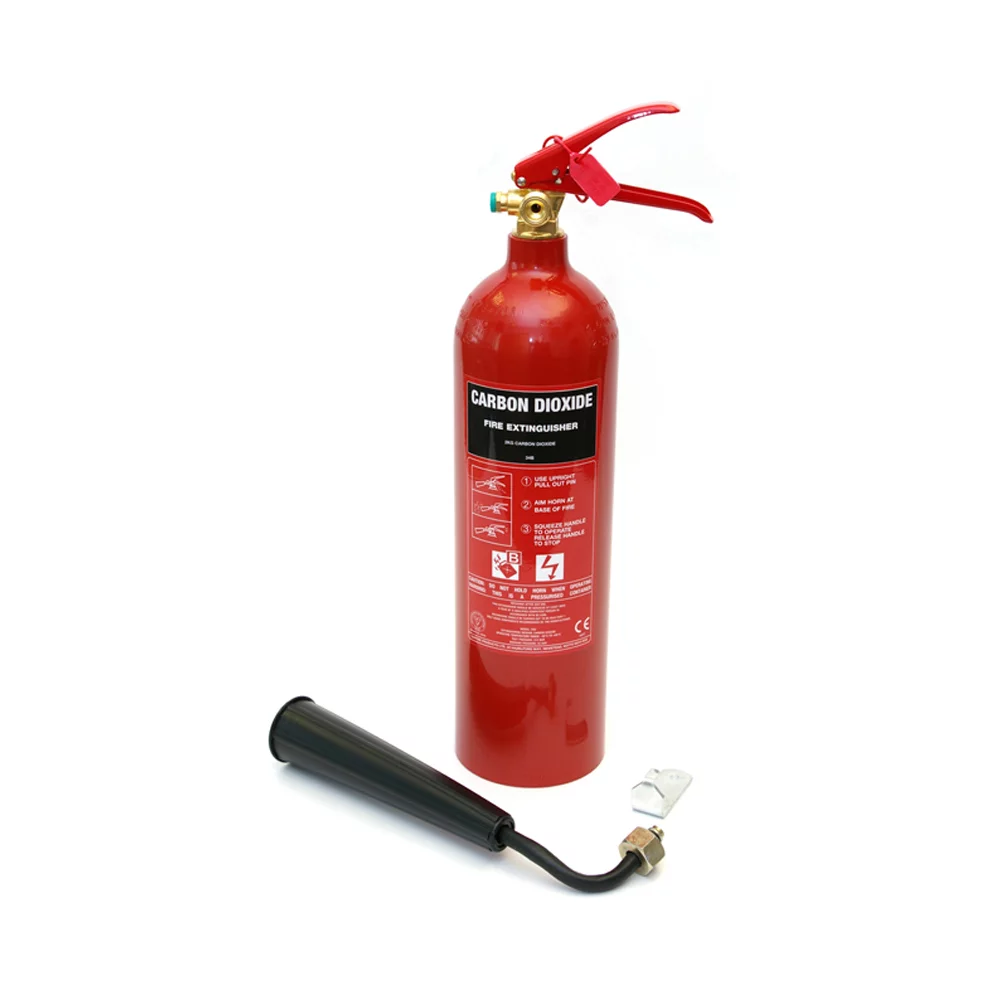
Types of Fires and Extinguishing Agents
When it comes to fire safety, knowing the different types of fires is key. There are five classes of fires. Class A involves common combustibles like wood, paper, and trash. Carbon dioxide fire extinguishers are not for these. Class B fires include flammable liquids such as gasoline, paints, and oils. Class C fires involve electrical equipment. They can be computers, motors, or appliances. For these, carbon dioxide fire extinguishers work well. Class D fires are rare. They involve combustible metals like magnesium or aluminum. Class E fires, recognized in some regions, are similar to Class C. They include electrical components. For Class D and E, CO2 extinguishers are not suitable.
Different extinguishing agents target different fire classes. Water extinguishers work on Class A fires. They cool down the flames. For Class B and C fires, CO2 extinguishers are ideal. They remove the oxygen and halt the fire’s chemical reaction. Foam extinguishers can tackle both Class A and B fires. Dry chemical extinguishers work on multiple classes, including A, B, and C. It’s crucial to pick the right extinguisher for the fire you face. Using the wrong type can be dangerous or ineffective.
The carbon dioxide fire extinguisher is used for Class B and C fires. Its gas is clean and leaves no residue. This makes it perfect for places with electronics or sensitive equipment. It’s critical to use CO2 extinguishers properly. They offer a quick response and effective outcome when applied correctly.
Benefits of Using CO2 Fire Extinguishers
Carbon dioxide fire extinguishers offer several unique advantages. They excel in situations involving electrical and flammable liquid fires. Here’s why they are preferred in many scenarios:
Leaves No Residue
CO2 extinguishers emit gas that doesn’t leave any residue. This feature is vital for protecting sensitive equipment. It ensures that electronics, such as computers, remain unharmed after extinguishing a fire.
Safe on Electrical Fires
Since they are not water-based, CO2 extinguishers are safe for electrical fires. They prevent the risk of electrical shock or damage to circuits. This makes them ideal in office settings and industries where electronics are prevalent.
Environmentally Friendly
CO2 is a naturally occurring gas. Unlike some chemical extinguishers, CO2 has a lower environmental impact.
Instantaneous Use
They activate immediately upon use, allowing for quick fire suppression. This is critical in preventing the spread of fire and minimizing damage.
These benefits make carbon dioxide fire extinguishers a valuable tool for fire safety in various settings.
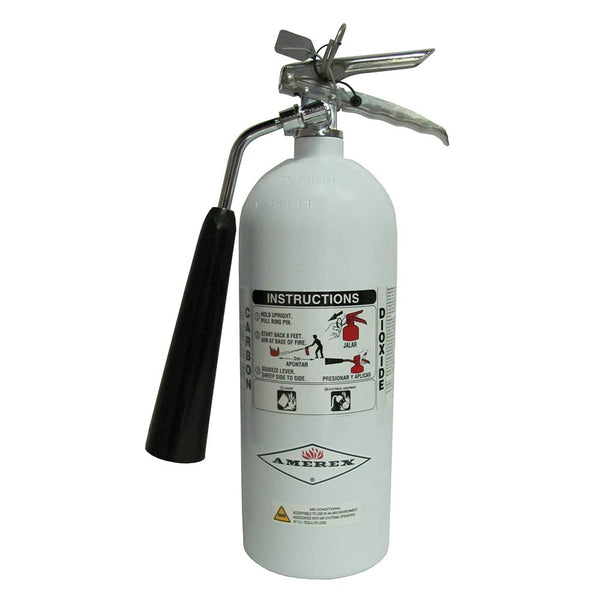
How Carbon Dioxide Extinguishers Work
Carbon dioxide fire extinguishers operate on a simple principle. They replace the oxygen around a fire with CO2. This smothers the flames quickly. Here’s a breakdown of their key components and operation:
Key Components
These extinguishers have a CO2 storage tank and a discharge horn. They also include a siphon tube and a valve assembly. The tank holds liquid CO2 under high pressure. When the valve opens, CO2 exits through the horn as a gas.
Operation Mechanism
Upon triggering the extinguisher, CO2 turns from liquid to gas. This rapid expansion cools the gas sharply. The cold gas discharges and blankets the fire. It cools the fire and removes the oxygen. This stops the combustion process.
Discharge Method
A user will aim the horn at the fire’s base. Pulling the trigger releases the CO2. The user then sweeps the horn side to side. This covers the area of the fire effectively.
Quick Activation
The design of the extinguisher allows for immediate use. Once the trigger is pulled, the gas expulsion is instant. This is critical for swiftly tackling fires.
Understanding these details is vital. It helps ensure that the ‘carbon dioxide fire extinguisher used for’ its correct purposes. Operating them correctly is pivotal for safety and efficiency.
Situations Where CO2 Extinguishers Are Most Effective
Carbon dioxide fire extinguishers serve specific fire conditions effectively. They work best in environments where flammable liquids or electrical fires occur. Examples include server rooms, laboratories, and mechanical areas. In these settings, the carbon dioxide fire extinguisher’s ability to act fast is crucial.
Server Rooms and Data Centers
In server rooms, CO2 extinguishers handle electrical fires without harming sensitive equipment. The gas leaves no residue, protecting valuable data and hardware.
Laboratories
Laboratories often contain flammable chemicals. A CO2 extinguisher is perfect here. It stops fires quickly and does not contaminate sensitive experiments or materials.
Mechanical Areas
Places with engines or pumps use many oils and fuels. These are at high risk for fire. Using a CO2 extinguisher in these areas helps prevent a small fire from growing.
In these scenarios, the carbon dioxide fire extinguisher shows optimal performance. It ensures safety without damaging equipment or materials.
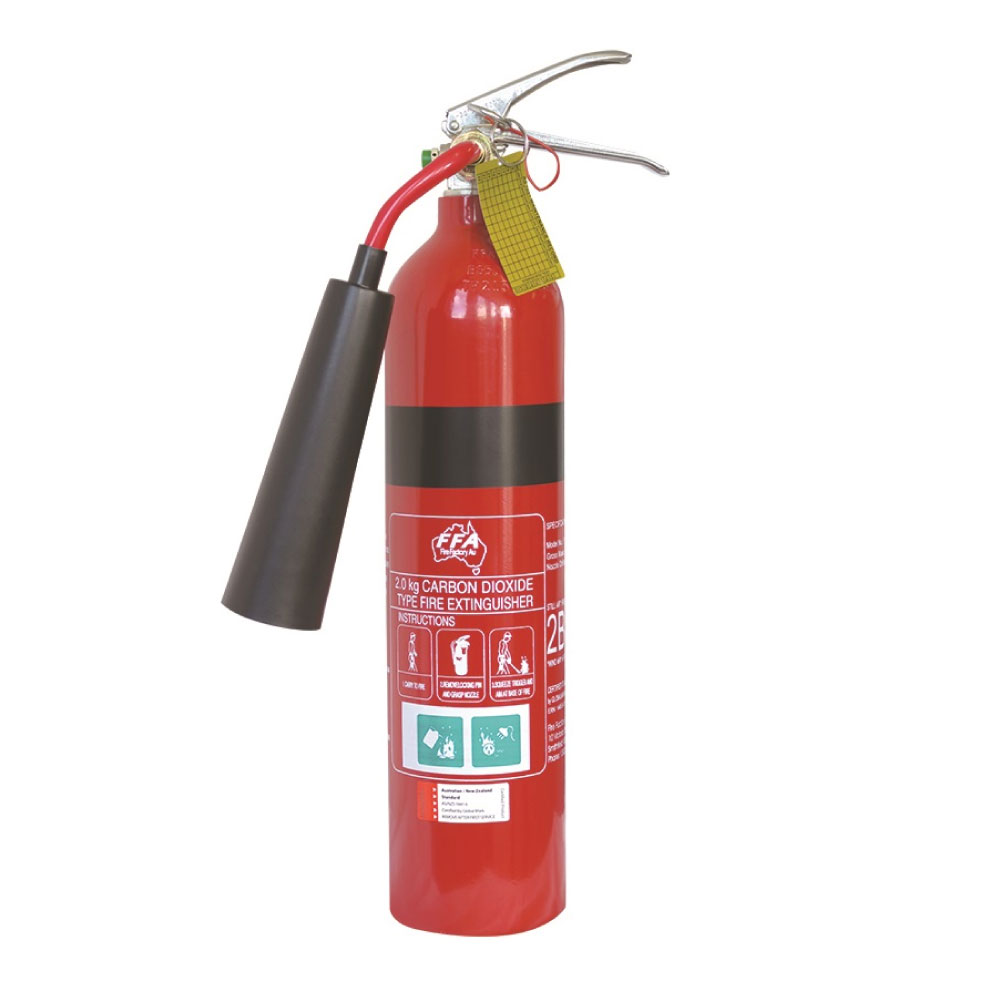
Safety Considerations When Using CO2 Extinguishers
When using a carbon dioxide fire extinguisher, safety is paramount. Here are crucial considerations to keep in mind:
User Safety
Always point the extinguisher nozzle away from you. Avoid touching the horn of the extinguisher; it becomes extremely cold during use and can cause frostbite. Wear gloves if possible.
Proper Storage
Store CO2 extinguishers in a cool, dry place away from direct sunlight. Inspect them regularly to ensure they’re operational.
Ventilation
After using a carbon dioxide fire extinguisher, ventilate the area. CO2 displaces oxygen, which can create a dangerous environment if inhaled in large amounts.
Awareness of Surroundings
Know your surroundings. Ensure that there are no people or hazardous materials in the line of fire when using the extinguisher.
By adhering to these safety guidelines, users can effectively manage fires with minimal risks using carbon dioxide fire extinguishers.
Maintenance and Inspection of CO2 Fire Extinguishers
Proper maintenance and inspection are critical for ensuring that carbon dioxide fire extinguishers are ready for use. Here’s what you need to know about keeping these extinguishers in good working condition.
Regular Inspection
Check the extinguisher regularly to make sure it’s in working condition. Look for any signs of damage or corrosion. Ensure the pressure gauge shows the correct pressure level. The handle, pin, and hose should be intact and unblocked.
Cleaning Practices
Keep the extinguisher clean. Wipe down the body to free it from dust, grease, and dirt. This avoids any potential malfunctions related to debris.
Professional Servicing
Have a professional service the extinguisher annually. They check the internal parts and refill the CO2, if necessary. This ensures the extinguisher works effectively when needed.
Record Keeping
Maintain records of all maintenance activities. Note any repairs done or parts replaced. This history is important for warranty and safety audits.
By following these guidelines, you’ll help ensure that your carbon dioxide fire extinguisher is ready to perform when most needed.
End-User Training for CO2 Extinguisher Operation
Proper training is vital for the safe and effective use of carbon dioxide fire extinguishers. Here are key training elements that end-users should undergo to be prepared for fire emergencies:
Understanding the Extinguisher
Users must know the parts of the extinguisher. They should recognize the handle, pin, and horn. They must know how the CO2 is released upon activation.
Operating Instructions
Training should cover how to operate the extinguisher. Users learn to pull the pin, aim the horn at the base of the fire, and sweep side to side.
Handling Precautions
Instructors should stress the importance of safety. This includes not touching the cold horn and standing at a safe distance when discharging.
Fire Identification
Users should be able to identify which fires the carbon dioxide fire extinguisher is used for. Namely, Class B and C fires, which involve flammable liquids and electrical equipment.
Practical Exercises
Hands-on practice is important. Users can apply their learning on controlled fire simulations. This builds confidence and skill.
Regular Drills
Frequent fire drills ensure users stay familiar with the extinguisher operation. It reinforces their training over time.
By focusing on these training areas, users will be equipped to handle carbon dioxide fire extinguishers safely and effectively. It’s important to keep training concise and straightforward, ensuring it is easily understood and remembered.
